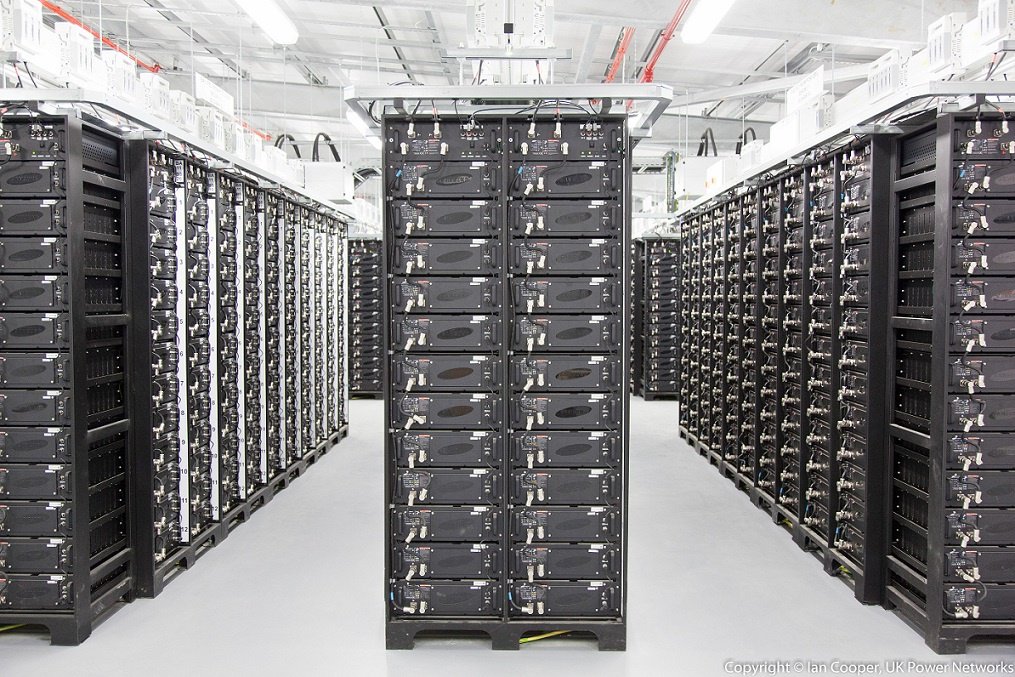Solar, wind, and other renewable energy sources are set for spectacular growth in the coming years and decades as governments race to net zero.
It was only a matter of time before energy storage strutted on stage, and according to Wood Mackenzie, it is going to be no less spectacular than renewables. The global energy storage market is set for a 31-percent compound annual growth rate by 2030, the research firm said in a recent report. Wood Mac principal analyst Rory McCarthy noted that despite expectations for weaker growth in energy storage capacity additions this year, “growth will likely accelerate in the late 2020s, to enable increased variable renewable penetration and the power market transition.”
It’s a case of better late than never with energy storage. During the renewables boom from the last decade, few considered the fact that both solar and wind energy is intermittent. The sun does not shine around the clock and the wind doesn’t blow constantly. At the same time, they often produce excess energy that, because of the lack of storage space, gets wasted. It was only relatively recently that the industry began to pay storage the attention it deserved.
Energy storage is still a nascent market, which explains the massive growth potential, in part. The other part of the explanation is government support for green energy projects, which has only been reinforced by the pandemic.
“The [power market] transition may be accelerated as governments around the world grapple with how to recover their economies more sustainably than in the past with upside for the energy storage industry,” Wood Mac’s McCarthy said.
Indeed, Europe has already prioritized storage. At a recent event hosted by the European Association for Storage of Energy, members of the European Parliament noted that battery, hydrogen, and other forms of energy storage should be a “key topic of energy policy,” because otherwise, the EU faces potential problems with its energy security. A team of MEPs has already compiled recommendations in an energy storage report, embraced by the European Parliament.
Yet Europe is not the only one prioritizing energy storage. Despite its much more mixed track record in environmental initiatives, the United States is also witnessing developments in that space. New companies are popping up, developing new, potentially better batteries, or seeking to improve existing technology in tune with the growing demand for energy storage. Funding for these companies comes from both private and government sources as the need for more storage becomes glaringly obvious.
In fact, Wood Mackenzie expects the U.S. rather than Europe will see the most energy storage capacity additions in the next ten years. According to its analysts, the U.S. will account for 49 percent of total energy storage capacity additions, or 365 GWh, thanks to clean energy goals at the state level and the continuing cost decline in solar and wind installations.
China comes in second, with Europe coming in third place in terms of capacity growth until 2030, despite its most ambitious green energy targets. In fact, these targets could compromise its energy security unless storage catches up to generation capacity.
Low-cost and longer duration storage can increasingly out-compete coal, gas, and pumped hydro, enabling higher levels of solar and wind penetration,” senior Wood Mac analyst Le Xu said. “However, most lithium-ion energy storage systems economically max out at 4 to 6 hours, leaving a gap in the market.”
Read more: OILPRICE





